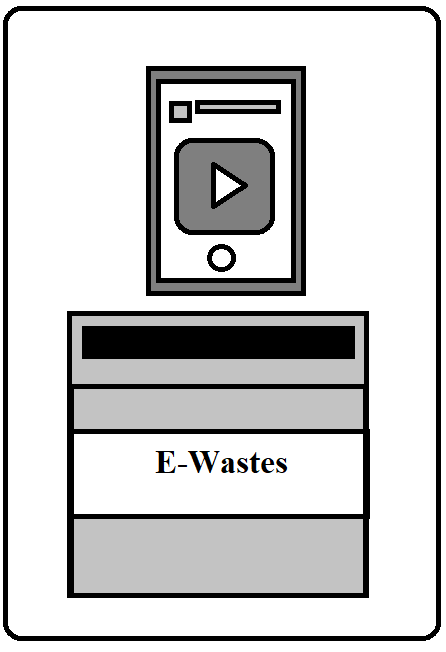- E-Waste, Device Care, and Batteries
- 최고관리자
- 05-09
- 612

Let us look at your place. How many devices you have lying around, forgotten? An old phone perhaps? A no longer functioning laptop or tablet? Do you plan to just throw them away? Nope, please don’t do that. Just throwing them away anywhere can expose them to the elements and harmful substances can leech from them into the environment. How about selling it on online or even physical markets like Carrot, that may be better. Or maybe even donate it. Or, if you have one near you, give it to an e-waste recycling facility.
One of the causes of the problem that we now have today of excessive e-waste is that our devices get obsolete fast. And the wonderful new features that newer models of our devices are really tempting to try out, especially if you have money. There is the fear of missing out or FOMO as they call it nowadays. But of course, some people really need such new features for their profession or to be more efficient in their job. Nevertheless, we can agree that there is something wrong with just buying it for no reason at all aside from getting that ego-boosting feeling that you are in the loop, or tech companies intentionally putting expiration dates in their products.
But we can do several things to ensure that we will produce less e-waste ourselves by taking care of our devices. And it is very hip now as I see several people buy fashionable protective casing for their devices. Yep, that is one thing. Also screen protectors. And since most devices now do not have replaceable batteries, one reason why people no longer use their device is because of its battery no longer working optimally. There are several ways to ensure that our device’s battery will stay at good condition for longer period of time, like avoiding putting it into extreme temperatures either due to the environment or extended heavy usage. Devices also now have smarter modes that manages how they charge like my Asus laptop even having a “maximum lifespan” mode where I can just plug its charger while using it for a longer period of time to ensure that its battery’s lifespan will be longer. This brings us to the popular tip of not using your device while charging it, especially if your device do[es] not have such mode. If you do not know such yet, you are welcome. (Laughs.)
As always, for further information and check—for you to check the sources I relied upon for this sharing can be seen in the references that I will attach in the script of this podcast.
Once again, thank you for listening! And never stop caring!
References:
Brownlee, M. (2022, March 26). Does fast charging actually ruin your battery? [Video]. YouTube. https://youtu.be/UpqaQR4ikig
CNBC. (2020, December 27). How can we fix the massive e-waste problem? [Video]. YouTube. https://youtu.be/IqxwnmlUUts
Ritchie, R. (2021, August 28). iPhone battery — The 40-80% lie [Video]. YouTube. https://youtu.be/pqkxHcktzsE




댓글목록
등록된 댓글이 없습니다.